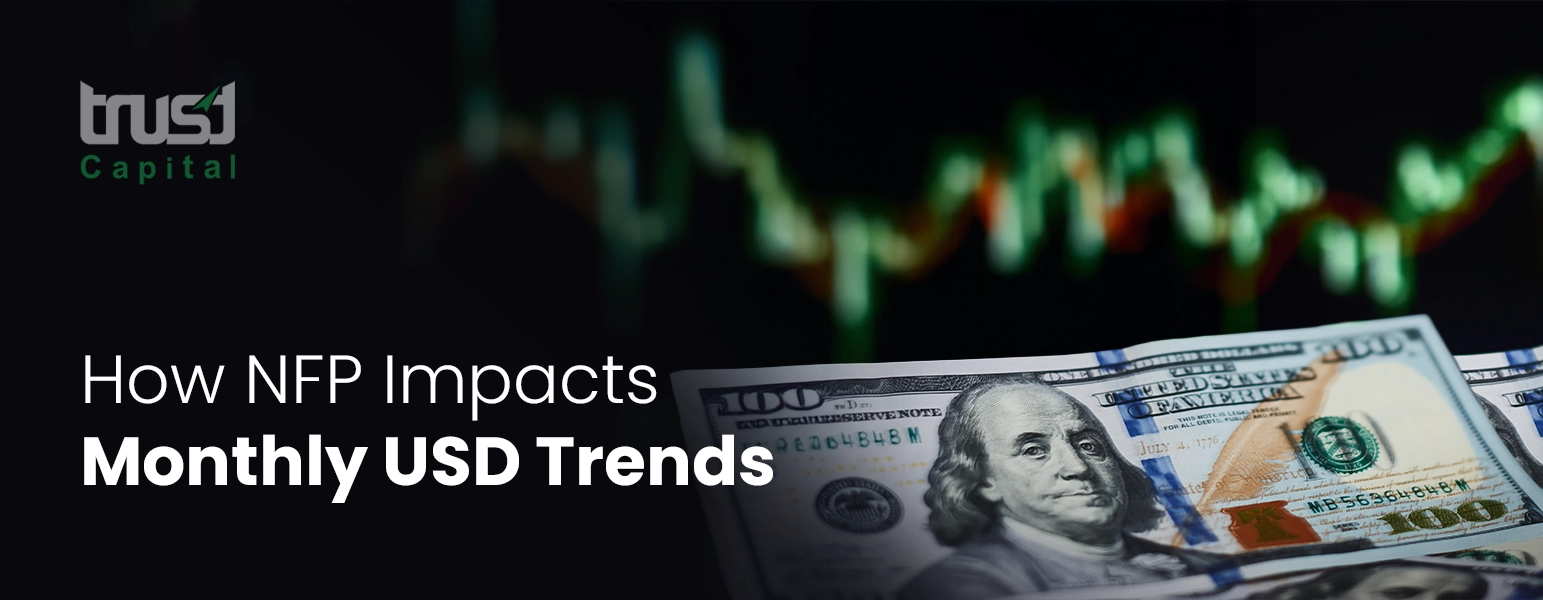Carry trade strategy in Forex

A currency carry trade is a technique that entails borrowing from a currency with a low-interest rate to fund the purchase of a currency with a rate. A trader utilizing this method tries to profit on the difference in rates, which can be significant based on the leverage used. It is one of the most often used forex trading strategies. Putting on a carry trade is as simple as purchasing a high-yielding currency and funding it with a low-yielding currency, as in the proverb “buy low, sell high.” Finding out which currency boasts a better yield as well as which currency provides a low yield is the first stage in putting together a carry trade.
The potential to earn interest is one of the most important aspects of the carry trading strategy. Long carry trades earn money every day, with a triple rollover on Wednesday to account for Saturday and Sunday rolls. With these rates in mind, it is possible to chop and change the currencies with the highest and lowest yields. Interest rates might change at any time; therefore, forex traders should keep up to date by monitoring their respective central banks’ websites.
Carry trades operate when central banks are raising or planning to raise interest rates. Money can now be moved from one country to another with the click of a mouse, and major investors aren’t afraid to shift their money around in quest of not just a higher but also a higher yield. The carry trade is appealing not just because of the income, but also because of the capital appreciation. When a central bank raises interest rates, the entire world takes note, and many others flock to the same carry trade, pushing the currency pair’s value higher in the process. The goal is to aim to enter the rate tightening cycle at the beginning rather than the end.
Risk Warning
This material is considered a marketing communication and does not contain, and should not be construed as containing, investment advice or an investment recommendation or, an offer of or solicitation for any transactions in financial instruments. Past performance is not a guarantee of or prediction of future performance. Trust Capital does not take into account your personal investment objectives or financial situation. Trust Capital makes no representation and assumes no liability as to the accuracy or completeness of the information provided, nor any loss arising from any investment based on a recommendation, forecast, or other information supplied by an employee of Trust Capital, a third party or otherwise.
CFDs are complex instruments and come with a high risk of losing money rapidly due to leverage. 77.78% of retail investor accounts lose money when trading CFDs with this provider. You should consider whether you understand how CFDs work and whether you can afford to take the high risk of losing your money. Trust Capital does not offer Contracts for Difference to residents of certain jurisdictions including the USA, Iran, North Korea, UK, Czech Republic and Belgium. Please consider our “Risk Disclosure“.


